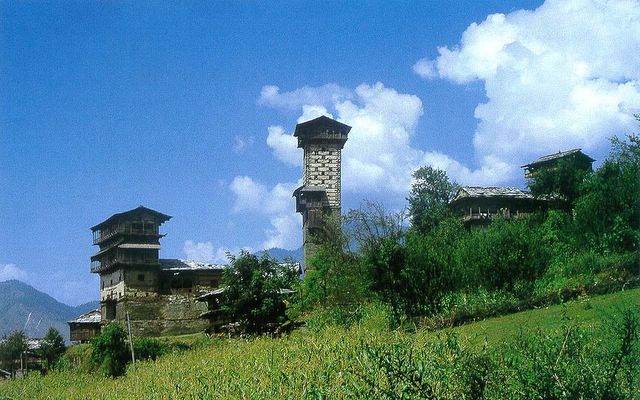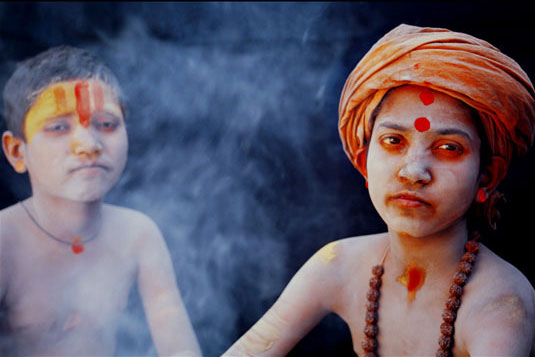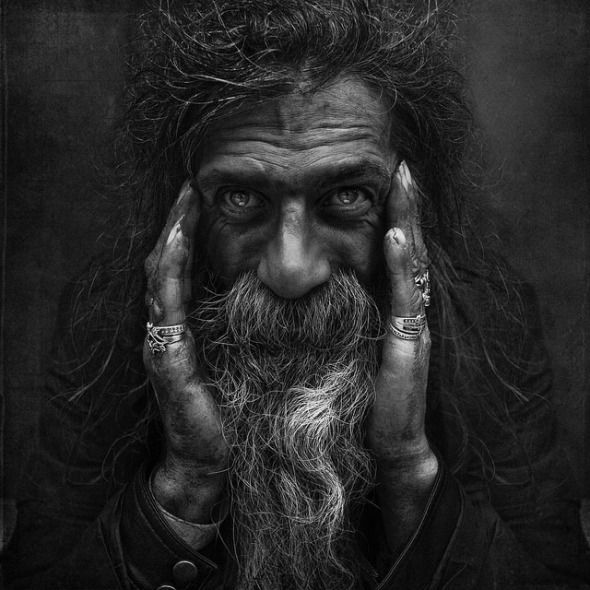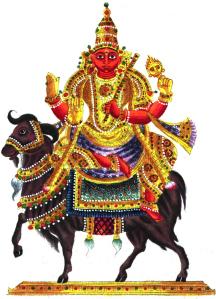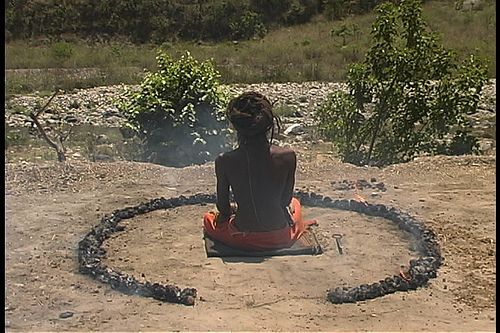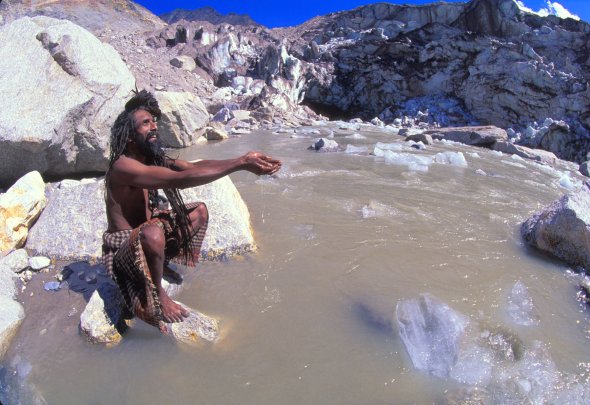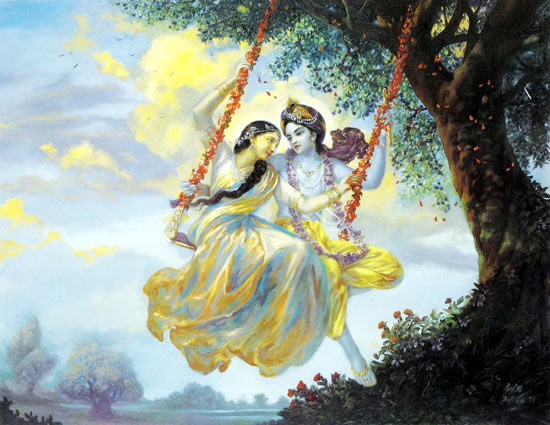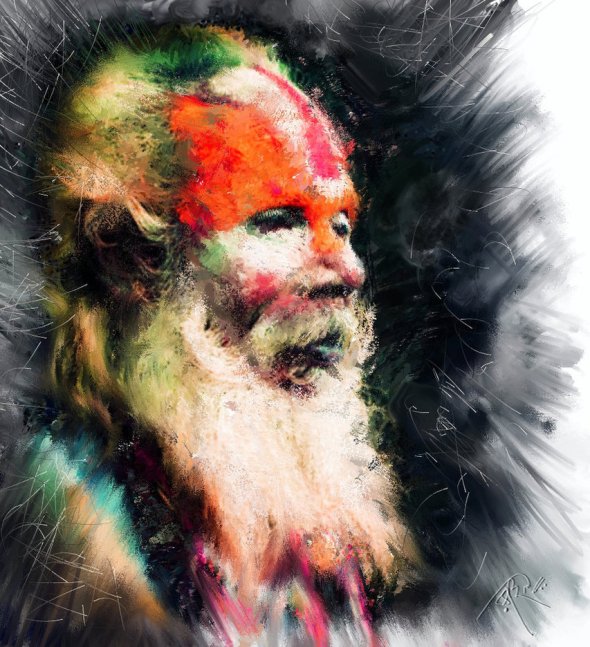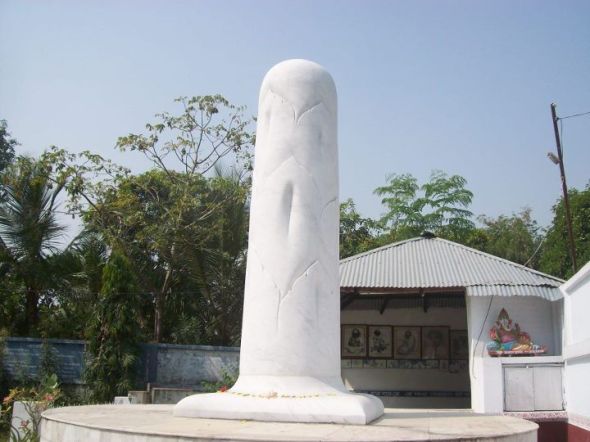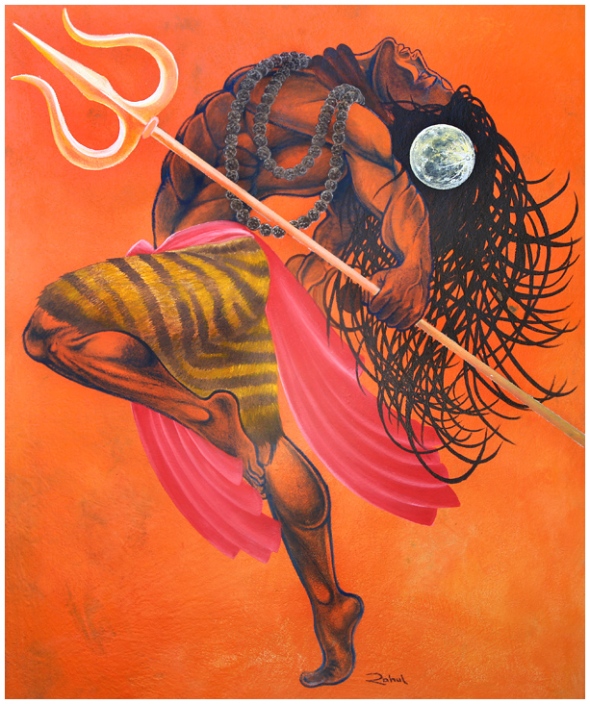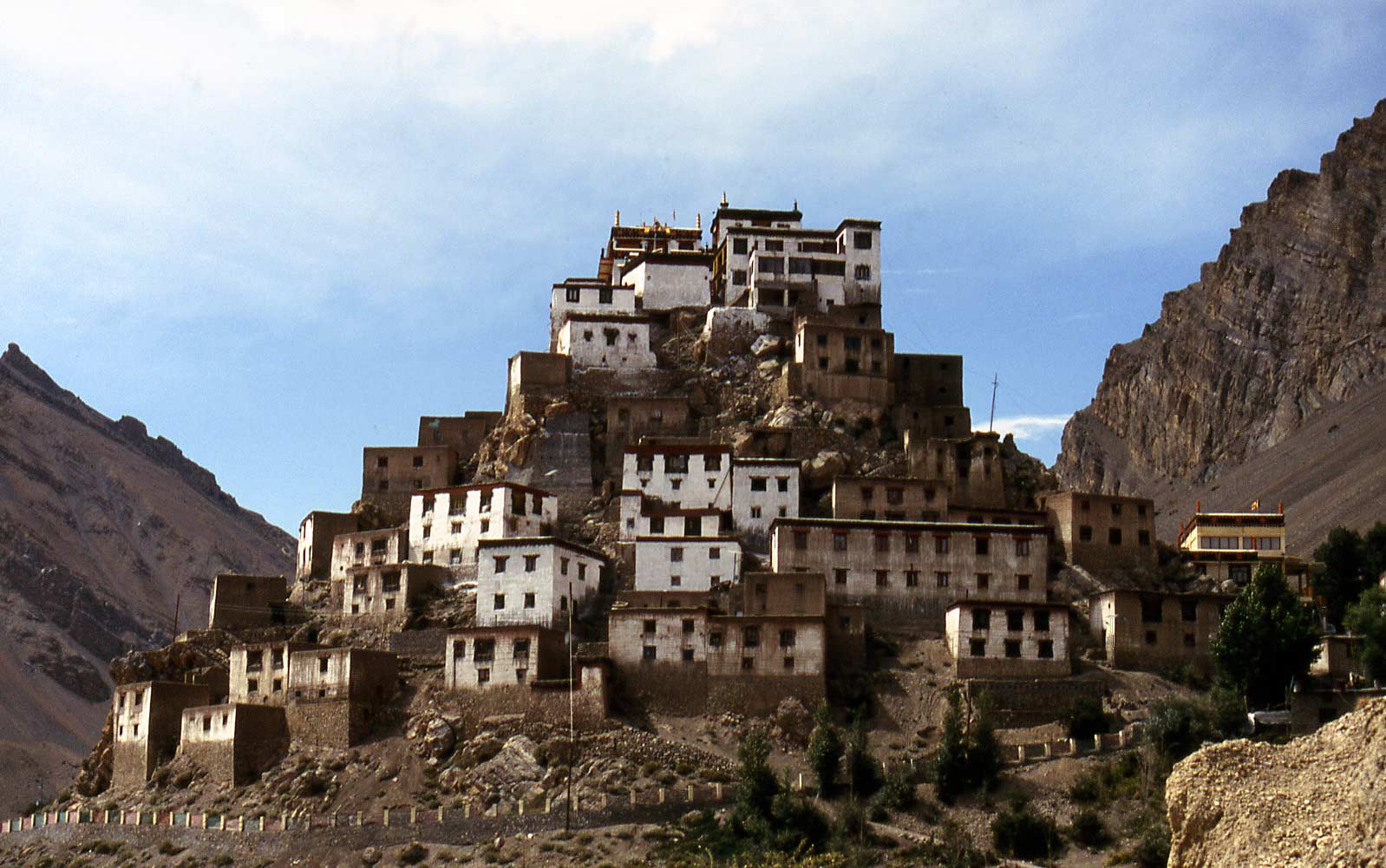
Ki Monastery, also known as Kee, Kye or Key Monastery is a Tibetan Buddhist monastery located in the Spiti Valley of Himachal Pradesh.The spectacular monastery is located at an height of 4116m and 7 km from Kaza. It is the largest monastery in Spiti Valley.The gompa is an irregular heap of low rooms and narrow corridors on a monolithic conical hill. Established in the 11th century has ancient Buddhist scrolls and paintings. It also houses large number of Buddhist monks and nuns and a cafeteria.It is the biggest monastery of Spiti Valley and a religious training centre for Lamas.






